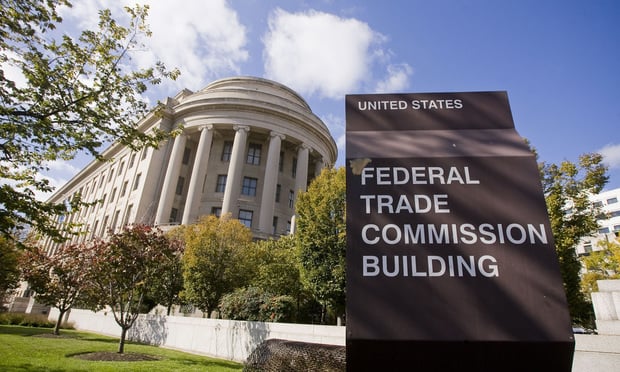LITIGATION MIGRATION - For years, the richest law firms have been getting even richer, increasing the profit gap between themselves and others and forcing smaller law firms to join forces or wither on the vine. But, according to the latest Law Firm Financial Index from Thomson Reuters, law firms beyond the Am Law 200 (defined as midsize firms in the report) saw an increase in overall demand during the third quarter, relative to the same time last year, while Am Law 100 and Second Hundred firms saw declines. So then, are we finally seeing that gap starting to shrink? Nope! That said, however, what we are seeing is demand for certain types of work—namely, labor and employment (up 2%) and litigation (up about 1.5%), according to the Thomson Reuters study—shifting to smaller firms that can potentially offer more value. Jim Jones, a former managing partner of Arnold & Porter and now senior director of Ethics and the Legal Profession at Georgetown University Law Center, noted to Law.com’s Andrew Maloney that litigation demand is down in the largest firms but up in the midsize firms. “That’s telling you the market is moving litigation down-market to smaller firms, relatively speaking. And why is that? It’s about cost,” Jones said. “It’s the fact that, if a corporation moves a litigation matter from an Am Law 100 to an Am Law Second Hundred, just that movement can save them 25% to 30% on fees. And if you get good lawyers in smaller firms—and there are great ones—why wouldn’t you do that?”
PAY WARS - Fierce competition among law firms for talent continues to drive up starting salaries, which, thanks to a new law in the books in New York City, could create some fierce competition within those firms as well. Local Law 32, which became effective this month, requires companies with more than four employees to list salary minimums and maximums for any publicly posted positions that will (or could) work in the Big Apple. As Law.com’s Patrick Smith reports, the law will likely create some dissonance when existing employees find out how much potential new employees might make. And for an industry that loves to talk about its culture, this should be a point of concern, particularly for small and midsize firms. While the law may have little effect on associates at the largest firms who receive pay in lockstep, smaller firms may face retention challenges for their staff as well as associates and other attorneys who are not paid in lockstep. “Small- and medium-sized firms may struggle with pay compression,” where new employees are paid higher starting salaries than existing employees in the same or similar position because of perceived pressure on firms to be more competitive, Ren Tucker, CEO of Maverick Search and Consulting, told Smith.










